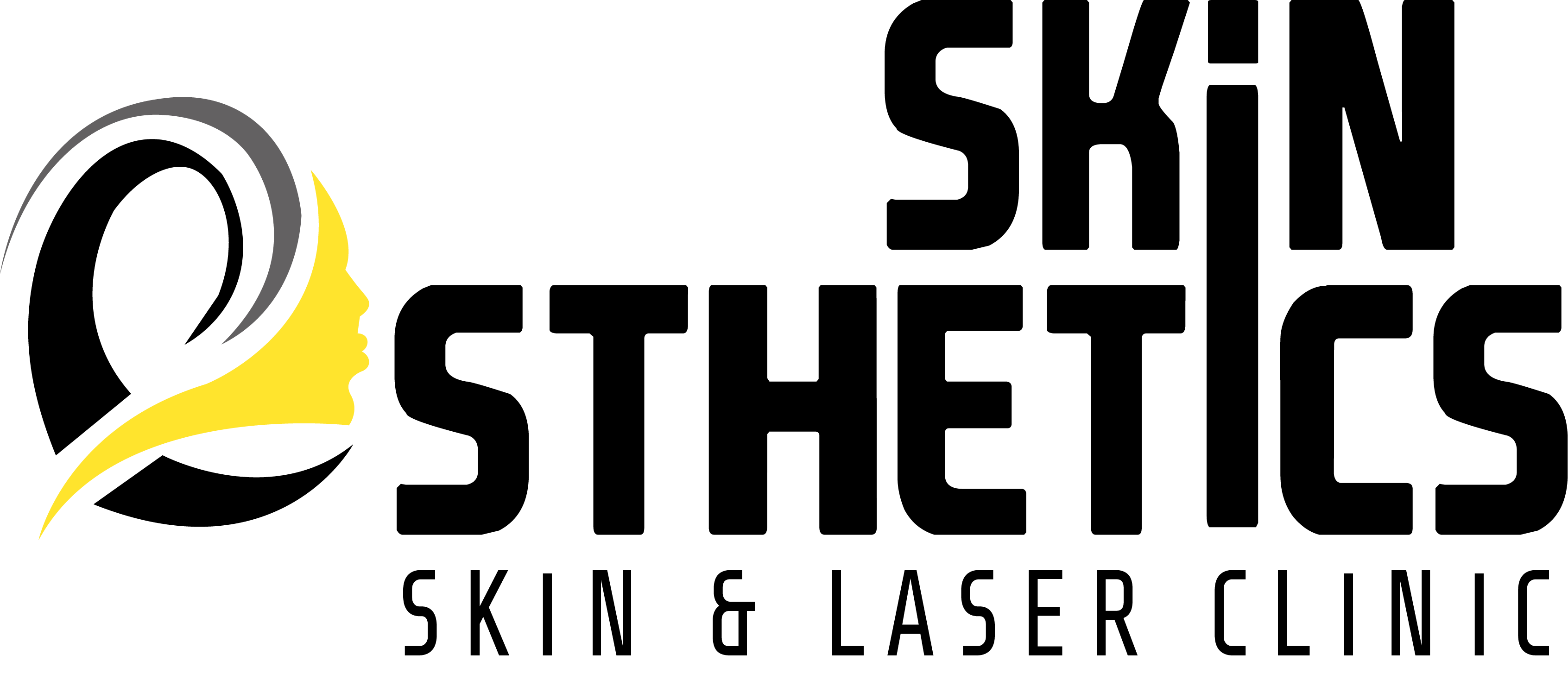Rhinoplasty may be done inside the nose or through a small external cut, known as an incision, at the base of the nose, between the nostrils. The surgeon will likely readjust the bone and cartilage underneath the skin. The shape of the bones or cartilage in your nose can be changed in several ways.
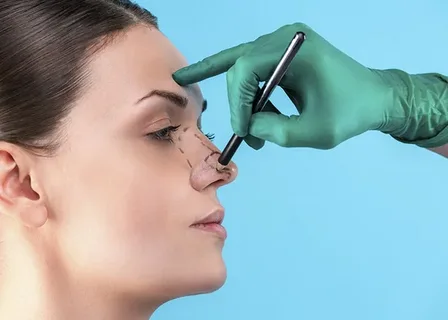
What are the steps of a rhinoplasty procedure?
Step 1 – Anesthesia
Medications are administered for your comfort during the surgical procedure. The choices include intravenous sedation or general anesthesia. Your doctor will recommend the best choice for you.
Step 2 – The incision
Rhinoplasty is performed either using a closed procedure, where incisions are hidden inside the nose, or an open procedure, where an incision is made across the columella, the narrow strip of tissue that separates the nostrils.
Through these incisions, the skin that covers the nasal bones and cartilages is gently raised, allowing access to reshape the structure of the nose.
Step 3 – Reshaping the nose structure
An overly large nose may be reduced by removing bone or cartilage. Sometimes surgery of the nose may require the addition of cartilage grafts.
Most commonly, cartilage from the septum, the partition in the middle of the nose, is used for this purpose. Occasionally cartilage from the ear or rarely a section of rib cartilage can be used.
Step 4 – Correcting a deviated septum
If the septum is deviated, it can be straightened and the projections inside the nose reduced to improve breathing.
Step 5 – Closing the incision
Once the underlying structure of the nose is sculpted to the desired shape, nasal skin and tissue is redraped and incisions are closed.
Additional incisions may be placed in the natural creases of the nostrils to alter their size.
Step 6 – See the results
For a few days, splints and gauze packing may support the nose as it begins to heal. Get more information about rhinoplasty results.
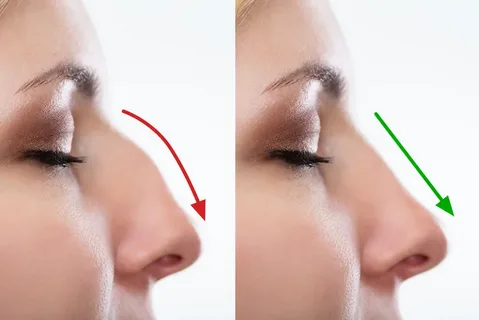
What should I Expect during Rhinoplasty Recovery?
During your rhinoplasty recovery, a splint and/or packing may be placed inside your nose and a splint or bandages placed on the outside to support and protect the new structures during initial healing.
While initial swelling subsides within a few weeks, it may take up to a year for your new nasal contour to fully refine. During this time you may notice gradual changes in the appearance of your nose as it refines to a more permanent outcome.
Swelling may come and go and worsen in the morning during the first year following your rhinoplasty surgery. You will be given specific instructions that may include:
Swelling may come and go and worsen in the morning during the first year following your rhinoplasty surgery. You will be given specific instructions that may include:
- How to care for the surgical site
- Medications to apply or take orally to aid healing and reduce the potential for infection
- Specific concerns to look for at the surgical site or in your general health
- When to follow up with your plastic surgeon.
- Avoid strenuous exercise for a few days
- Refrain from touching, pressing, scratching, or rubbing your face unnecessarily
What Results Should I Expect After Rhinoplasty?
The results of rhinoplasty surgery will be long-lasting. While initial swelling subsides within a few weeks, it may take up to a year for your new nasal contour to fully refine. During this time you may notice gradual changes in the appearance of your nose as it refines to a more permanent outcome.
As your body ages, it is natural to have some gradual changes to your face including your nose. But most of your improvement should be relatively permanent. A healthy lifestyle and life-long sun protection will help extend the results of your new appearance.
As your body ages, it is natural to have some gradual changes to your face including your nose. But most of your improvement should be relatively permanent. A healthy lifestyle and life-long sun protection will help extend the results of your new appearance.
What Words Should I know About Rhinoplasty?
- Connective tissue that forms the structure of the nose.
- The narrow strip of tissue that separates the nostrils.
- Cartilage that separates the nostrils is misaligned which may cause partial nasal airway obstruction.
- Drugs and/or gases used during an operation to relieve pain and alter consciousness.
- Sedatives administered by injection into a vein to help you relax.
- A drug injected directly to the site of an incision during an operation to relieve pain.
- Surgery to reshape the nose.
What Could Go Wrong
Nose reshaping surgery can occasionally result in:
- Permanent breathing difficulty
- Damage to the cartilage wall between your nostrils
- An altered sense of smell
- Heavy nosebleeds
- Excessive Bleeding
- A Blood Clot in a Vein
- An Allergic Reaction to the Anaesthetic
Recovery
- Prop your head up with pillows for a couple of days when resting to reduce the swelling
- Avoid hot baths and getting the splint wet
- Avoid blowing your nose or removing any crusts until your appointment to have the splint removed
- Sneeze through your mouth to avoid pressure on your nose
- Avoid strenuous exercise or contact sports for 4 to 6 weeks
- A drug injected directly to the site of an incision during an operation to relieve pain.
- Surgery to reshape the nose.
Side Effects
It’s common after nose reshaping to have:
- Breathing difficulties – you'll need to breathe through your mouth for a week or so
- A stiff and numb nose
- Soreness, swelling and bruising around the eyes, which can last 3 weeks
- Light nosebleeds for the first few days
- Avoid strenuous exercise or contact sports for 4 to 6 weeks
- A drug injected directly to the site of an incision during an operation to relieve pain.
- Surgery to reshape the nose.
How much nose reshaping costs
The cost of nose reshaping in SEC ranges from 150000 RS to 250000 RS. You should also factor in the cost of any consultations, further surgery or follow-up care you may need.
Book Your Appointment With Us!
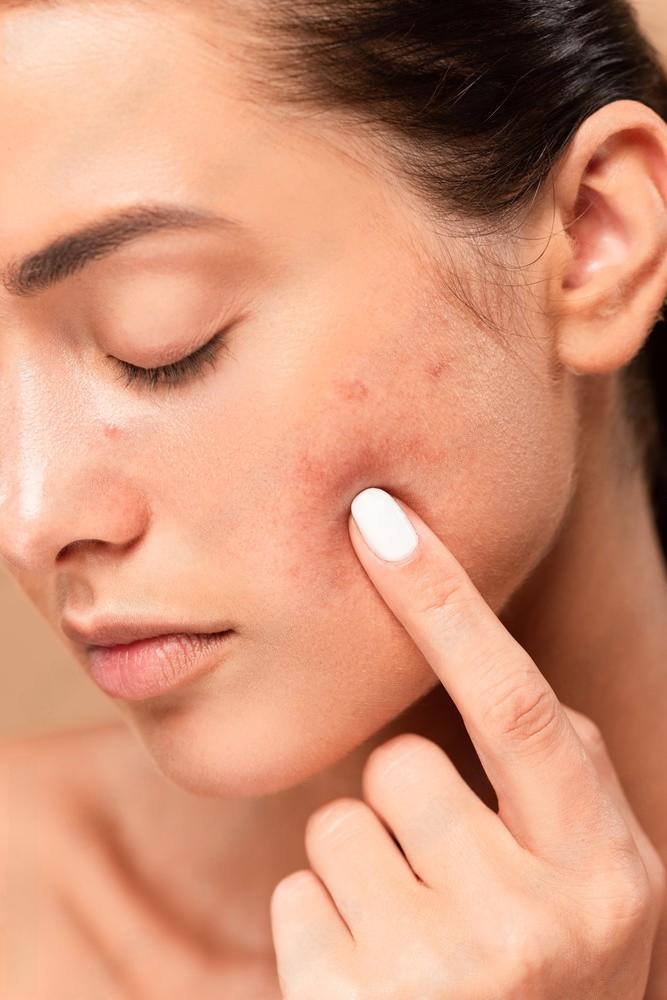
Understanding Acne: Causes, Treatments, and Prevention
September 24, 2024

Summer Skincare Tips: How to Beat the Heat
September 24, 2024
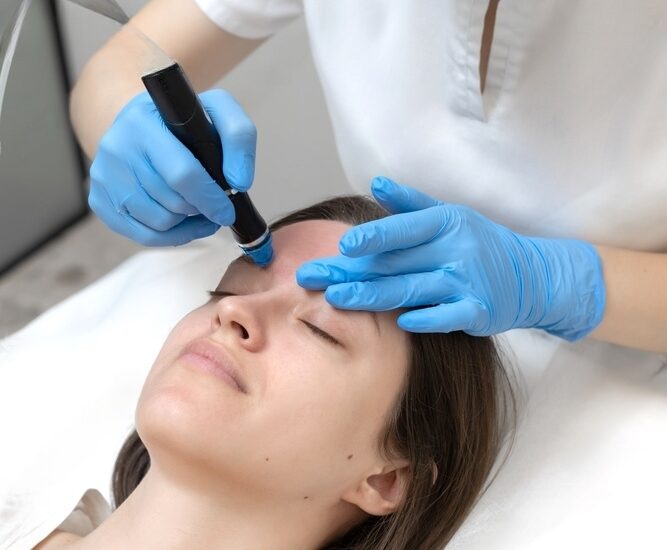
Hydrafacial for Acne-Prone Skin
September 24, 2024
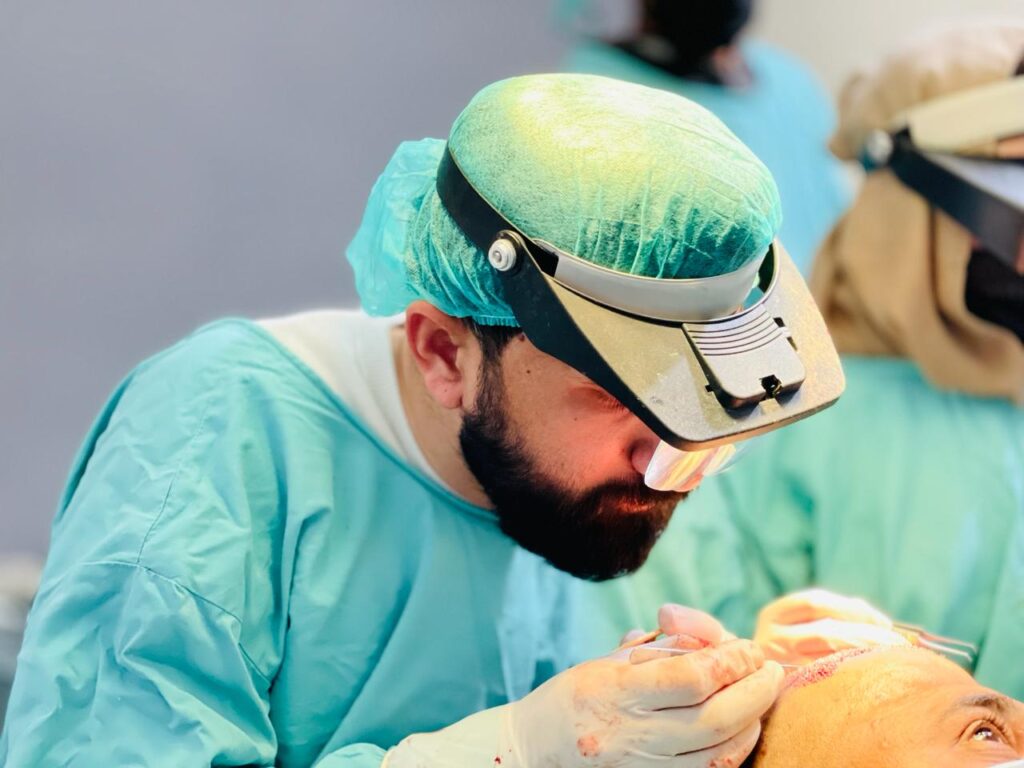
Hair Transplant Techniques: FUE vs. FUT Explained
September 24, 2024
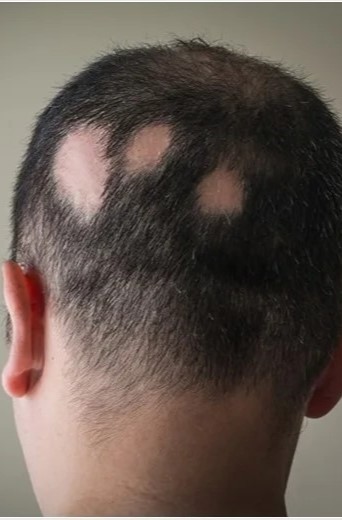
Understanding Alopecia: Types, Causes, and Treatment Options
September 24, 2024
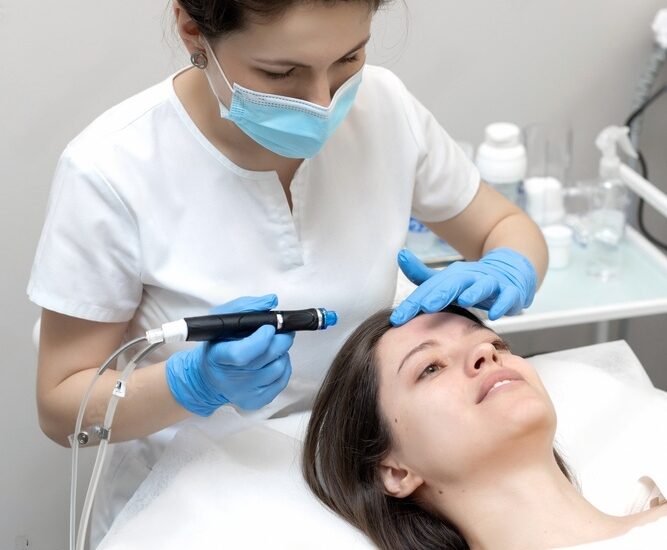
Hydrafacial: The Ultimate Treatment for Healthy, Glowing Skin
September 24, 2024
The Importance of Regular Skin Check-Ups: Why Dr. Abbas Shah Recommends Them
September 24, 2024

Acne Treatment
September 24, 2024
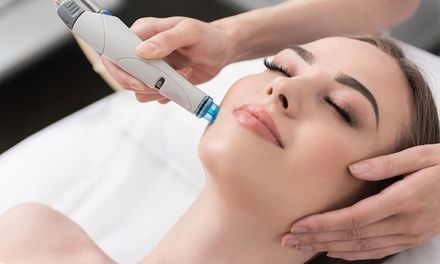
Hydra Facial
September 24, 2024
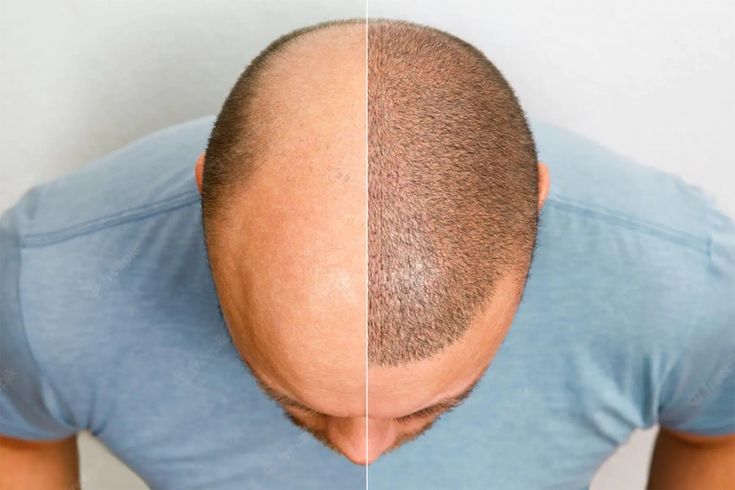
Micro Hair Transplant
September 24, 2024
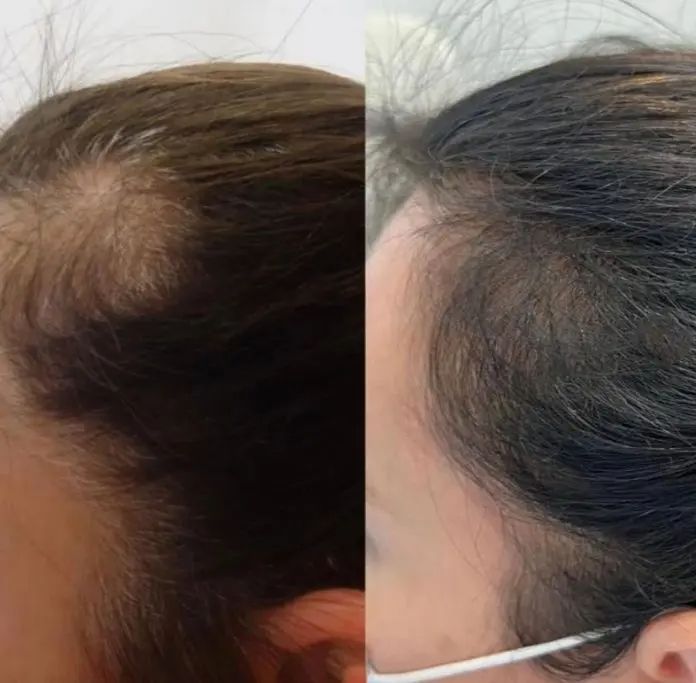
Alopecia
September 24, 2024
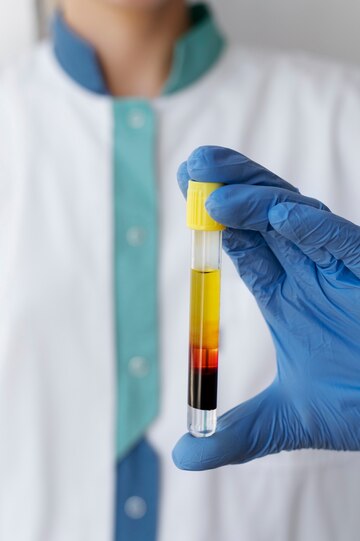
PRP Therapy
September 23, 2024
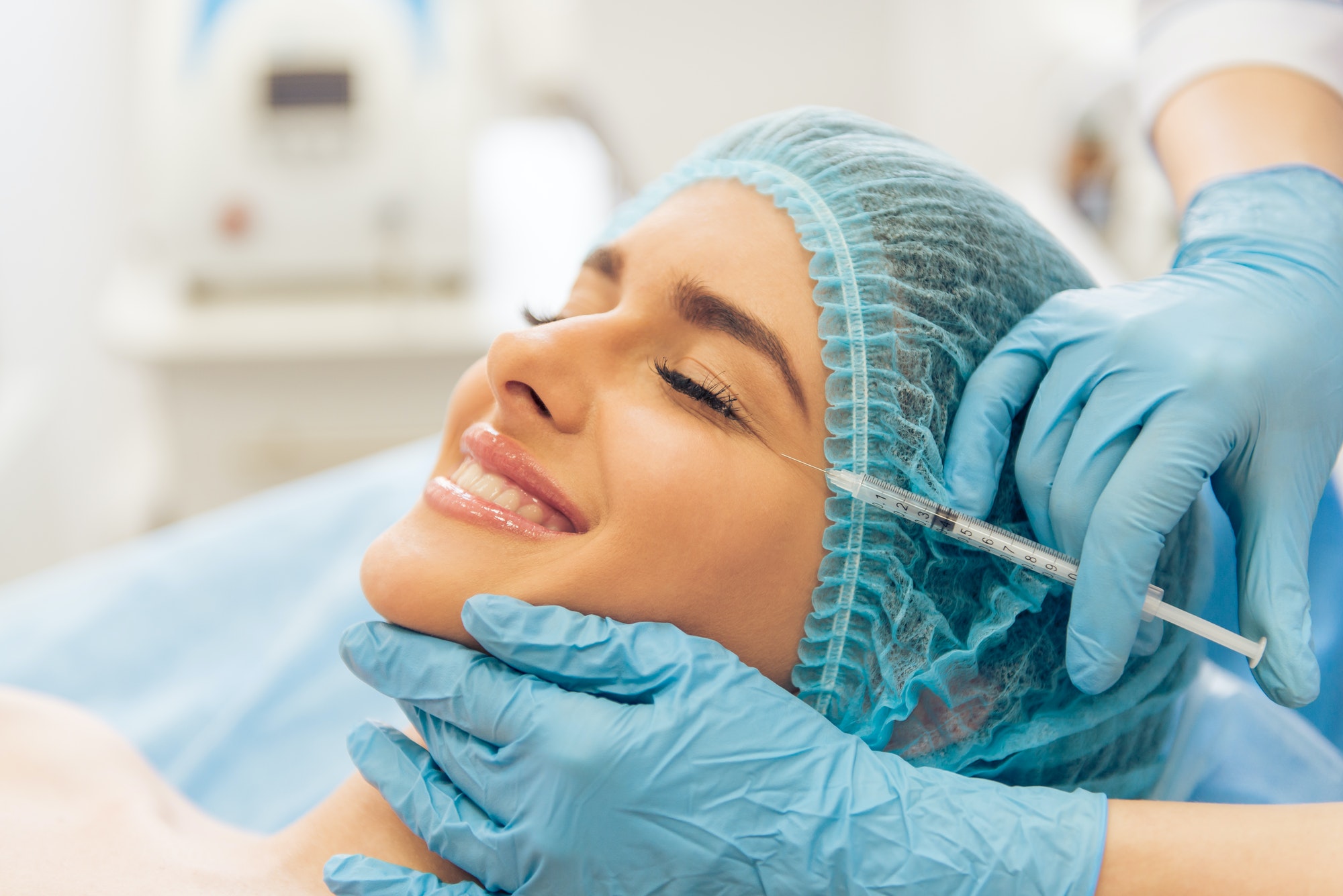
Botox
September 22, 2024
